 Name |
 Name |
 Name |
 Name |
 Purple Curcuma |
Lobster Claw Heliconia |
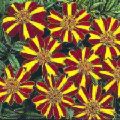 Pinecone Ginger |
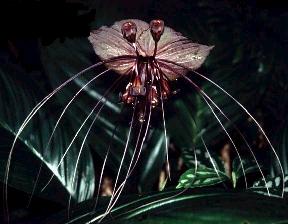 Black Bat Plant TACCA CHANTERII From South East Asia, black leaves and black flowers Rare and anecdotaly said to be hard to grow Bat Plant FAQ |
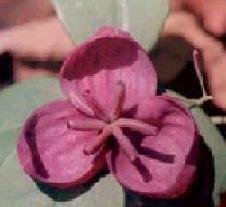 Chocolate Vine |
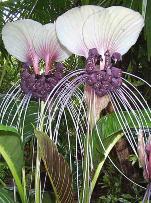 White Bat Plant TACCA NIVEA |
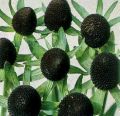 Purple Devil's Trumpet Datura Metel In India, the species is considered a holy plant called dutra or dhatura. The Daturas have been used for their narcotic properties in the wines and palm beers of Africa and are still used today in Morocco. All parts are poisonous, harmful to humans only in large quantities. |
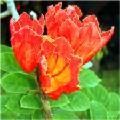 African Tulip Tree Spathodea campanulata Zone 10-11, wood is hard to burn, used in fire resistant landscaping, one of the world's most spectacular flowering trees, In Africa and Haiti, the flowers are thought to have magical properties and the wood is used for witch doctors' wands. |
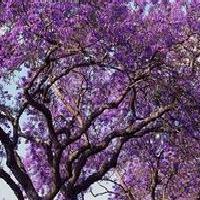 JACARANDA MIMISAFOLIA |
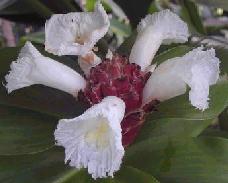 Spiral Ginger COSTUS SPECIOSUS |
, Heirloom Osakazuki Japanese Maple |
 Baobab |
 Desert Rose |
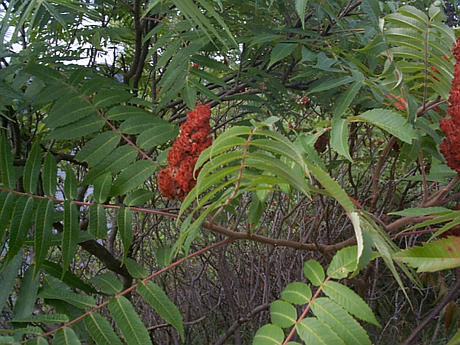 Pheasant's Eye |
 Dragon's Blood Tree Dracaena draco Information |
 Giant Rhubarb Gunnera manicata |
 Red & White Nemesia Nemesia strumosa |
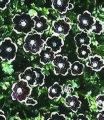 Penny Black Nemophila menziesii |
, Midnight Horror Oroxylum indicum |
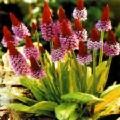 Viallii Primrose Primula viallii |
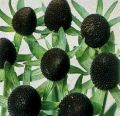 Green Wizard Rudbeckia Rudbeckia occidentalis |
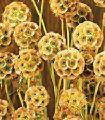 Everlasting Drumstick Scabiosa stellata |
 Giant Sequoia Sequoiadendron giganteum |
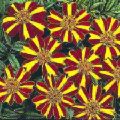 'Striped Marvel' Marigold Tagetes patula |
,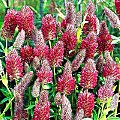 Red Trefoil - Noble Clover Trifolium rubens |
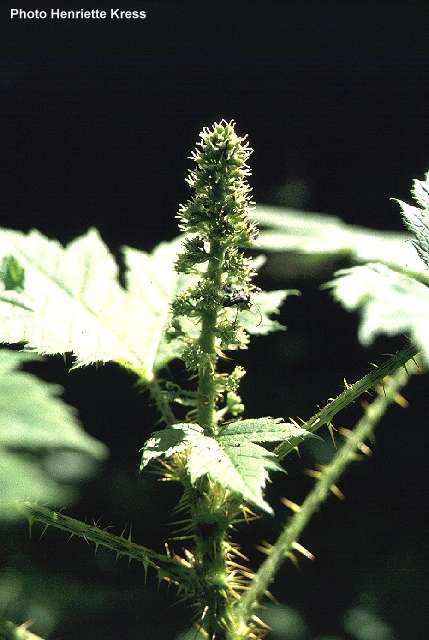 Devil's Club Oplopanax horridus 1 to 3 meters tall; armed with yellow spines throughout, 5 to 20 mm long. Burned stems and grease mixed and applied to swollen areas, and an infusion of crushed stems was taken as a tonic or blood purifier by the Okanagan-Colville Indians, and Thompson Indians. Infusion of inner pith taken for colds by the Sanpoil, and to increase the appetite by the Thompson. |
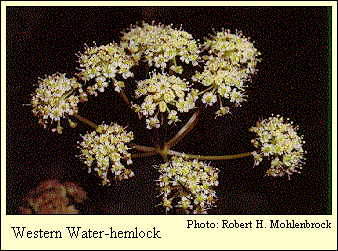 Western Water hemlock Cicuta douglasii (TOXIC!) The toxin in western water hemlock is cicutoxin (5). Cicutoxin is a yellowish liquid that oozes from cut roots of the forb (16). The toxin is a highly unsaturated higher alcohol (C17H22O2) that acts on the central nervous system of animals (23). It is because of cicutoxin that water hemlocks are known as the most poisonous plants in North America, and are poisonous to all classes of livestock and humans |
 'Striped Marvel' Marigold Tagetes patula |